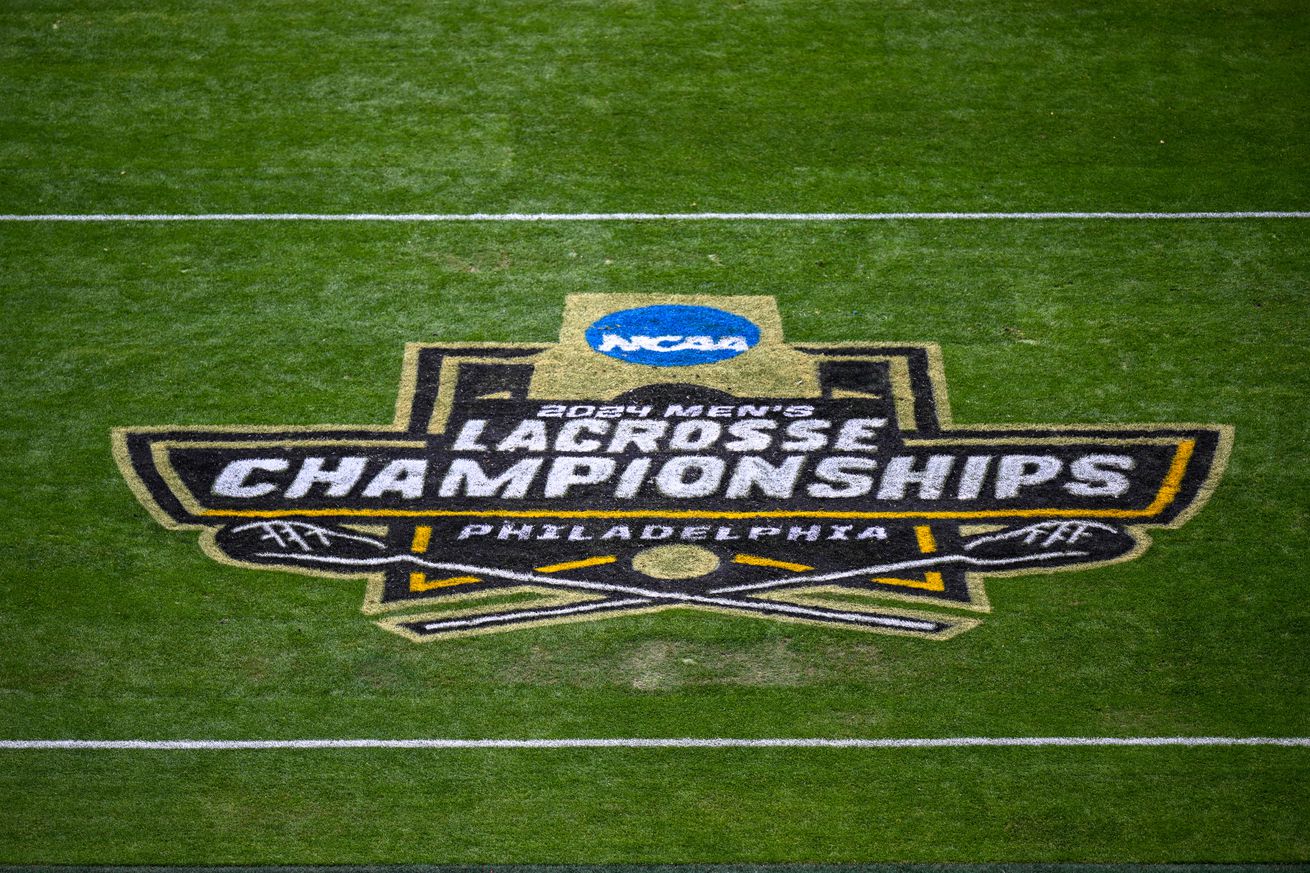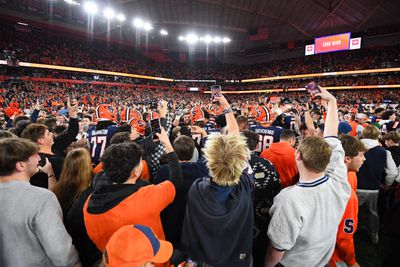
Plenty of implications for all Syracuse University sports going forward.
The Syracuse Orange and the rest of the college sports world will have plenty to navigate through going forward with the House settlement now approved, and it will certainly affect athletics’ departments in more ways than one.
The obvious new hurdles schools must navigate include being able to directly pay athletes and, with that, coming up with the cash to spend. That being said, there’s another obstacle coming from this settlement with significant implications: roster spots.
To recap, the settlement imposes new caps on roster sizes for all Division I sports, and also brings about new changes to scholarships. It essentially removes scholarship limits, so long as a roster for a given sport is not going above this newly-imposed limit. As part of the settlement, it also appears that schools can make the decision on whether to fully fund a scholarship or not. For example, Texas A&M, Clemson and Tennessee are among the notable schools who are committing to “fully funding every roster position.”
Starting off first with just the roster spots, here is a breakdown of what those new cap on limits look like for most of the notable sports Syracuse is known for:
The key takeaway is while a few sports will have larger roster sizes going forward, most will likely be cut and most of the athletes impacted will almost certainly be walk-ons.
Take football, for example. Now with the settlement, Syracuse can now have a roster of 105 players. Syracuse could only previously offer scholarships to no more than 85 players, but according to Business of College Sports, an average team had over 124 players.
News reports suggest the settlement will lead to schools cutting roughly 5,000 athletes from teams. For 19 of the 43 NCAA sports, roster sizes going forward will be smaller than current average roster sizes.
One of the key questions Syracuse will constantly be facing: what sports should be prioritized?
Without question, football and men’s basketball are probably top-two on the list given both the money and interest each generates consistently. Neither lacrosse team can’t be far behind, either.
But at a certain point, the money will run dry unless Scrooge McDuck is offering some under-the-table cash (and properly reports it to the new College Sports Commission, of course!).
Syracuse is notably one of the few schools (I would argue) where there is a balance of success in both the major and “non-major” sports. Think rowing and track as two of the major examples.
Under this new settlement, tough choices will have to be made.

Rich Barnes-Imagn Images
There’s an argument to be made that reputation will almost certainly be a benefit for some Syracuse Athletics teams, whether that be a coach who’s been consistently good or success of a program over a long/historic period of time. For some athletes, that appeal sometimes shines more.
The transfer portal, of course, also throws an added wrinkle into roster building with the settlement going into effect.
Men’s basketball is the perfect example for this, where Syracuse can now add up to 15 scholarship players. Before, the roster (writer’s note: estimating here) would usually have at least 2-4 walk-on players who just wouldn’t play. With the risk of players now entering the portal for whatever reason, you’d imagine those scholarships would be filled up because basketball rosters especially are dealing with a lot of turnover. Coaches would also likely target those extra spots with “development” candidates who need time and are willing to sit for a year, but won’t immediately dart out after one year.
And, the elephant in the room I’ve previously brought up before will absolutely be there: the coach matters and who’s in charge of the program matters, for a whole host of reasons.
The “non-major” sports coaches will now have to deal a whole lot of change and (once again) produce more success with less. The bigger sports (*cough* football, men’s basketball and lacrosse) will have a ton of pressure on them. More money is going to those sports and the expectations are higher because of how much schools are paying for those athletes, how much fans are watching and the amount of investing that’s going on. It’s a case where there are ample resources and that coach has to do more with more, not enough with more.
In short, this is a period of time where the college sports landscape is radically shifting. Walk-ons, partial scholarship players and non-revenue teams are the biggest losers, but even then, there will be immense benchmarks for the bigger sports as well.
For Syracuse Athletics, the clock is already ticking, because direct revenue sharing to athletes can formally start next Tuesday.